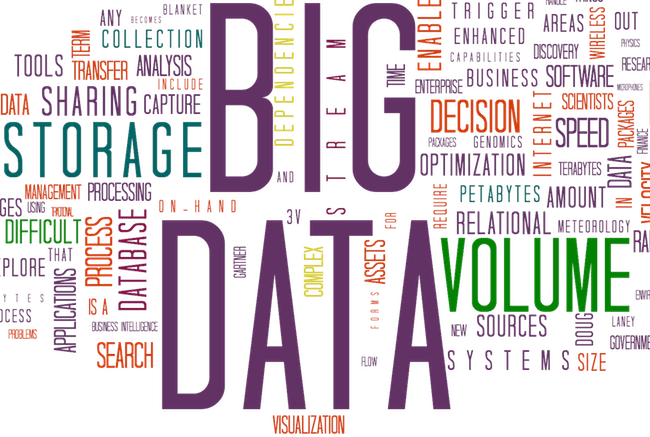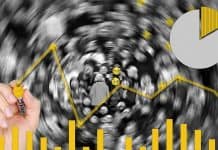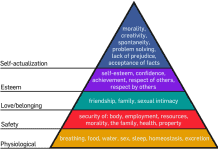
The meeting and events industry is still in the early stages of understanding big data gathered from mobile apps, beacons and other technologies. While the availability of and ability to collect data continues to be readily accessible, very few meeting planners actually know what to do with that information—until now. Here are four ways that data can help drive your events.
1. Create personalized experiences for attendees.
Geolocation can allow meeting planners to track attendees at an event and create personalized experiences for them based on their location. For instance, meeting planners can give attendees access to specific information, prizes and downloadable materials to help draw them into a specific trade-show booth or presentation located just a few feet away.
2. Control attendee traffic flow.
Similarly, geolocation can tell meeting planners where crowd density occurs, allowing them to handle traffic flow in real time. Opening more lines or diverting traffic are quick fixes that this information can help with. Longer term, it can help meeting planners determine how to design event layouts to be more efficient in the future.
3. Make last-minute changes.
Data can allow meeting planners to see attendee response in real time. Everything from signage changes to new calls to action to a different schedule can be changed quickly based on how attendees are receiving the information during a specific event.
4. Coordinate transportation.
When transporting attendees, meeting planners can use data to track how long a bus is taking to get from Point A to Point B, which will help them remain on schedule or make up for lost time if attendees arrive somewhere late. It can also help planners determine whether or not to bring in additional transportation if necessary.







